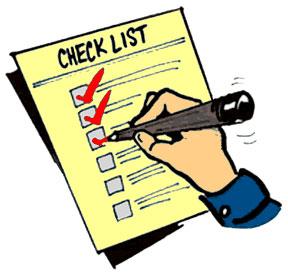Butterfly Garden
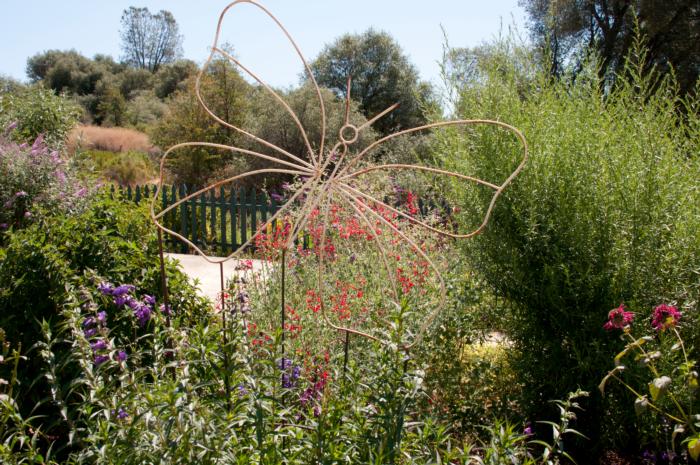
Objective and Design
Butterfly gardening is designed to create an environment that attracts butterflies, in hopes that they will lay eggs and create future generations. As a result of habitat destruction, many butterflies are becoming less abundant, because they may not feed on the plants regularly found in gardens. An example is the Monarch butterfly caterpillar, which exists solely on milkweed. Butterflies serve as flower pollinators, so attracting butterflies can assist in the pollination of nearby plants. Typically, flowers of plants that attract butterflies may also attract other insect pollinators, such as moths and bees. Other aspects of a successful butterfly garden include areas for shelter, roosting and a water area. It is very important to minimize the use of pesticides in a butterfly garden, because the four stages of a butterfly’s life make it very vulnerable to a variety of chemicals. Our Butterfly Garden has been planted to specifically attract the top 12 butterflies found in El Dorado County.
BUTTERFLY GARDEN EDUCATIONAL POINTS
Top 12 Butterflies of El Dorado County
- Western Tiger Swallowtail
- American Lady
- Anise Swallowtail
- Buckeye
- California Sister
- Lorquin’s Admiral
- Monarch
- Mourning Cloak
- Painted Lady
- Pale Swallowtail
- Pipevine Swallowtail
- West Coast Lady
Butterfly Life Cycle
- Adult-Egg-Caterpillar-Chrysalis
Beneficial aspects (beauty,motion,pollination)
Caterpillar identification
Components of a Butterfly Garden
- Host Plants
- Provide a site for butterflies to lay eggs
- Food source for caterpillar
- BE PREPARED FOR HEAVY MUNCHING ON HOST PLANTS!
- Host plants here Flat-Leaf Parsley, Milkweeds, Curry Plant
- Nectar Plants
- To attract, retain and support Butterflies
- Select a variety of nectar-producing plants
- Nectar is a sugar – rich liquid produced by plants in glands, “necteries”
- Adult Butterfly food
- Goal to provide flowers blooming throughout season
- Shelter
- Roosting and Basking areas
- Water / Puddling areas
Plant selection: Maintaining year round garden color / blooms
Hydro-zones
Restricting pesticide use
- Tolerating some foliar damage
- Recognizing non-butterfly beneficial insects including larvae
What's New!
For early spring we are focusing on the various buddleia in the Butterfly Garden. The first is the graceful Buddleia alternifolia, Weeping Butterfly Bush. Next we have the dramatically globular Buddleia globosa , Orange Butterfly Bush. One more buddleia is Buddleia salviifolia. The last picture is not a buddleia, it is Scabiosa columbaria "Butterfly Blue," Pincushion Flower. The scabiosa is starting to opening now and will bloom throughout the summer.
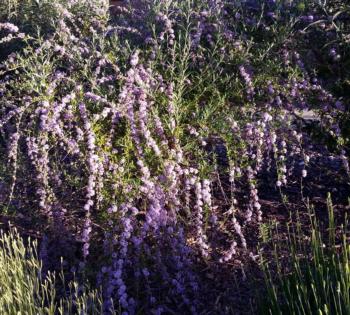
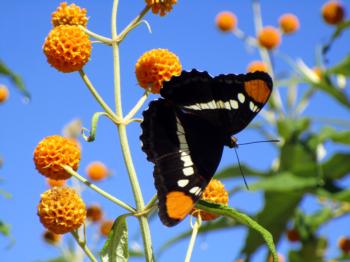
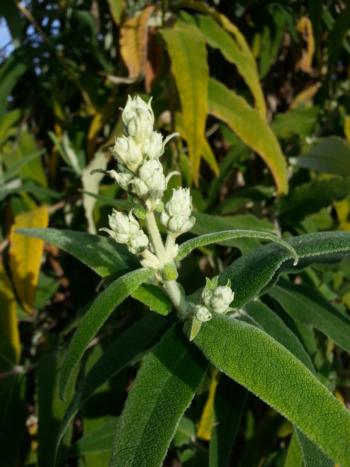
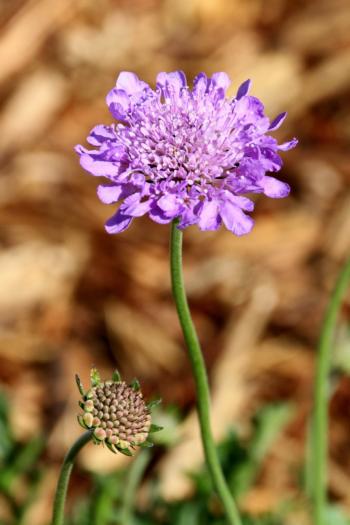
All Creatures Great and Small - Garden Visitors
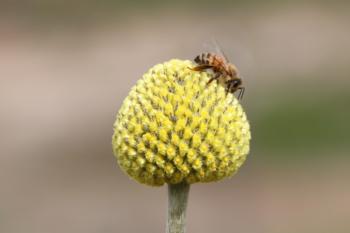
The Butterfly Garden is designed to attract butterflies and pollinators of all kinds. Come take a look at all the visitors that have been attracted to our garden

